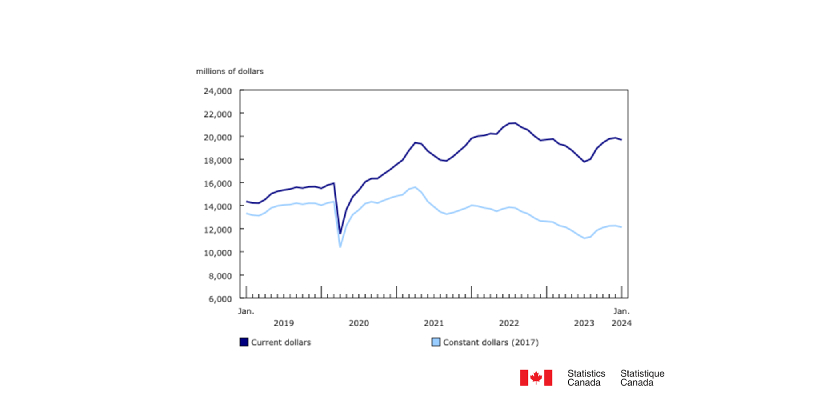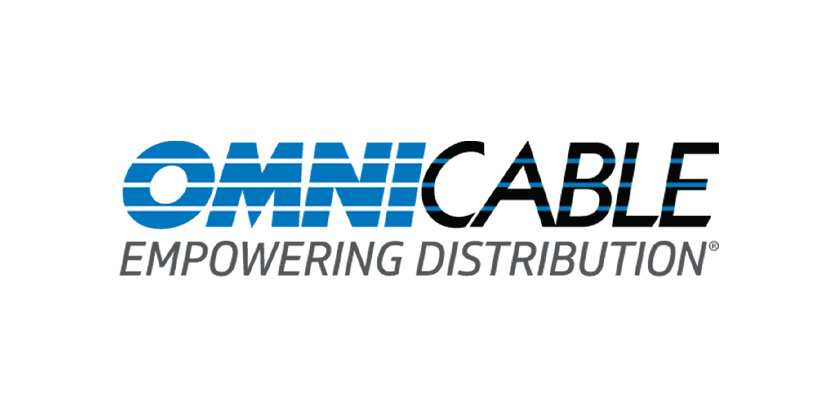CSA Training: Hazardous Area Requirements for Electrical Equipment

Sept 3, 2020
Book your place for CSA virtual instructor-led Hazardous Area Requirements course October 5-8th. The CSA Group Hazardous Area Requirements for Electrical Equipment course provides a systematic approach for designing, installing and maintaining electrical equipment in Hazardous Areas.
From equipment selection to wiring methods and installation requirements, the safe installation of electrical equipment in hazardous locations depends on rigorous attention to detail. This course will provide a foundation of knowledge to help operations, maintenance, safety, electrical professionals and other stakeholders systematically apply the requirements for designing, installing and maintaining electrical equipment in hazardous locations. It provides a complete review of requirements based on the zone and division systems of classification for explosive gas and dust atmospheres.
Participants will carefully examine the installation requirements based on applicable Codes, standards and best practices gaining an understanding of the differences between the CEC and NEC Codes with respect to the Zone and Division systems of classification, Hazloc product markings, and equipment construction and performance requirements. In addition, they will analyze installations to determine the wiring methods and equipment selection. This course covers both the installation and maintenance in Hazardous areas as well as product Certification.
Learning Objectives
- Cover the Basics: Define hazardous locations and requirements for explosive gas and dust atmospheres
- Become familiar with standardized area classifications
- Understand explosion protection terminology, methods and flammability limits
- Understand recommended protection methods for hazardous area installations
- Learn to easily determine maintenance and installation requirements for electrical equipment in hazardous locations
- Summarize requirements for combustible gas detection equipment
- Acquire working knowledge for conducting installations to the North American Zone and Division system based on area classifications
- Gain an understanding of hazardous area classifications and increase understanding of wiring methods and sealing in combustible gas, dust and fibre areas
- Develop knowledge of IECEx, ATEX, North American and other certification schemes
- Understand certification requirements for various types of equipment and details around special inspections and field evaluations
Go HERE for more information





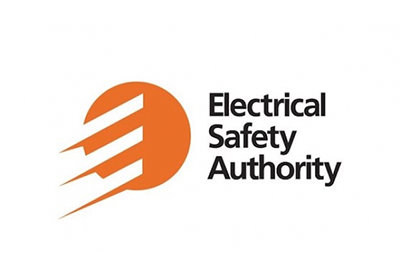

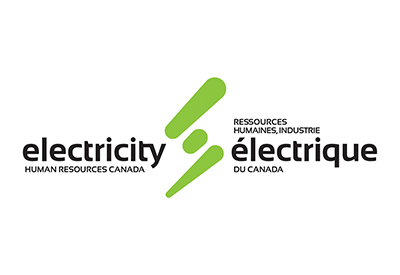

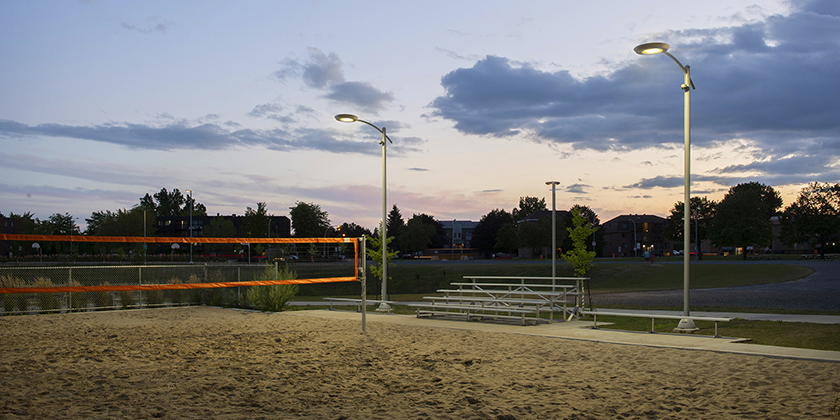
![Guide to the Canadian Electrical Code, Part 1[i], 26th Edition – A Road Map: Section 10 – Grounding and Bonding](https://electricalindustry.ca/wp-content/uploads/2022/11/Guide-CE-Code-2.png)
